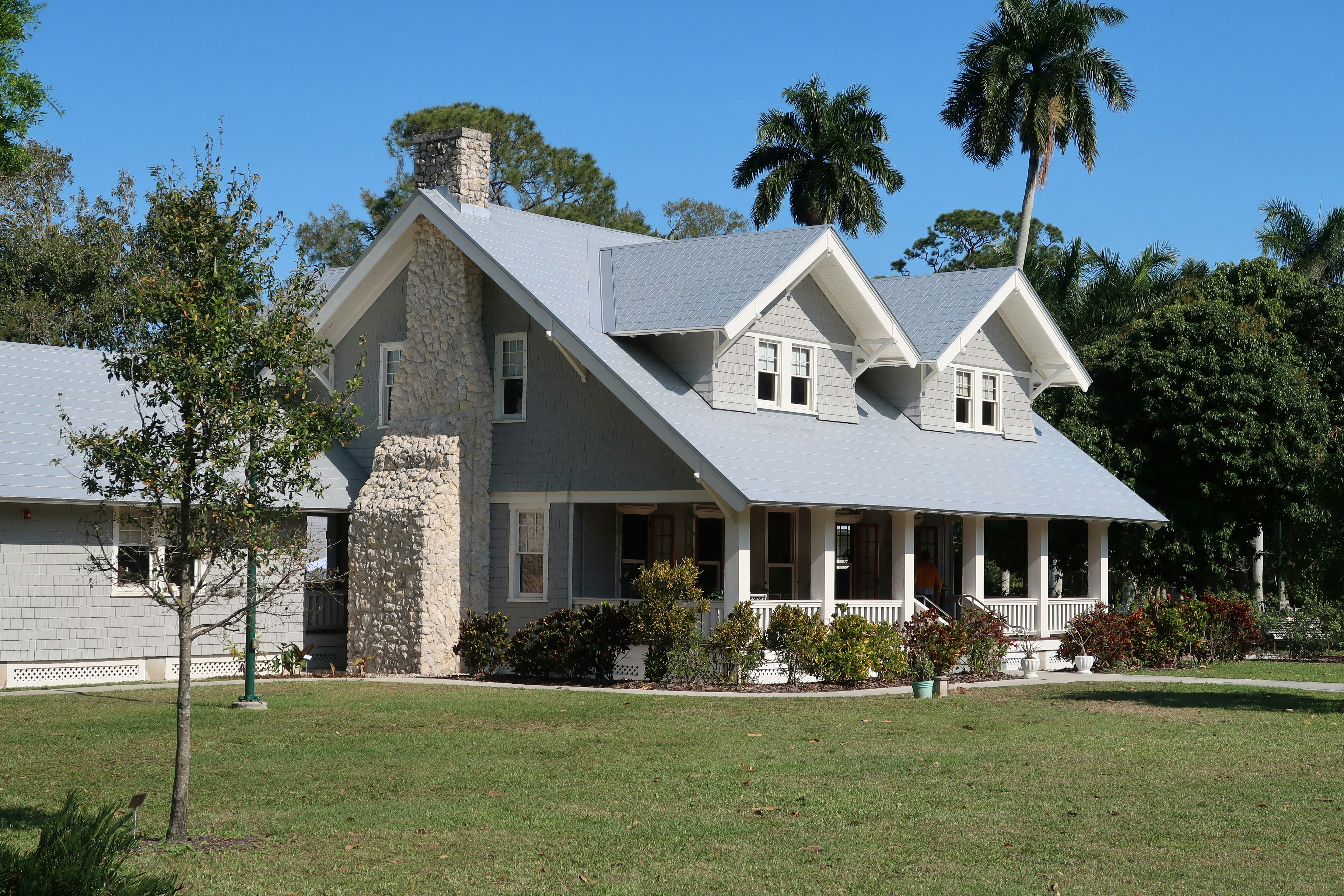When it comes to mortgages, there are variable loans with changing interest rates and fixed loans that set that interest rate at a standard mark for a set amount of time. Here are some things to consider before opting for fixing your home loan.

Interest Rate

One thing to consider is what type of interest rate you want ton have for your mortgage loan. A fixed interest rate will not change for the entirety of the life of the loan. Fixed home loan rates are set by lenders dependent on things like credit history, salary, and current credit score. Your set interest rate will impact your monthly payment. If you have a higher rate, it's a higher monthly payment.
Fixed rate loan payments reduce your balance and stabilize your interest costs with a flat payment that lasts a specific number of years. Variable loans have interest rates that fluctuate with the market, changing in value over time. This can be a gamble, but it may end up being in the favor of the borrower, depending on the loan amount and the behavior of the overall market. You may get a lower interest rate initially, but it can change.
Repayment
Most lenders will have certain restrictions on additional repayments for fixed rate loans, whether they cap it at a certain amount or charge a fee. In rare cases, borrowers are effectively allowed to withdraw any additional money given to repay the loan through what's called a redraw facility.
This type of interest rate loan can eliminate the risk of payment shock due to rising rates brought on by variable rate loans. This is most common with conventional mortgages. A set monthly mortgage payment comes throughout the entirety of the loan up until the point of refinancing.
Your Budget

When it comes to paying down any loan, you should consider all facets of your budget. If you have an understanding of your monthly expenses, fixed home loans are a good way to go as you'll know just how much is being deducted from your bank account.
It is also important to understand while budgeting for a fixed loan that the larger the loan size, and the lengthier the fixed term, the longer it will take to pay back your lender. Be sure you are standing on solid ground financially to be able to accommodate that payment depending on the terms and conditions.
Break Costs
When doing any borrowing on any loan product, be sure to evaluate the terms and conditions. Fixed rate loans will come with what are called break costs, fees that you incur from ending your home loan before the end of the term. That amount is usually determined by what time is left in the life of the loan, and the differences in the lender's cost of funds at the time of the break.
Break costs are calculated between wholesale rates at the time when you apply for the loan and when you decide to end your fixed term contract. This will be multiplied by the loan amount and the remainder of the term.
After the Fixed Term

When it comes to the end of your loan term, there are three options to consider: refinance, re-fix, or revert. Refinancing is the switching of home loans with either your current lender or a new one.
Re-fixing a loan after your term is an option with your present lender, but it is not recommended if you are considering renovations.
Reverting on a loan will see your fixed term loan go to a variable rate, or revert rate, that allows you to continue with your current lender without additional fees and paperwork. Evaluating all of your options prior to term's end is in your best interest.
Till next time... have a wonderful day!
Source: Image 1

No comments:
Post a Comment
Share Your Thoughts...